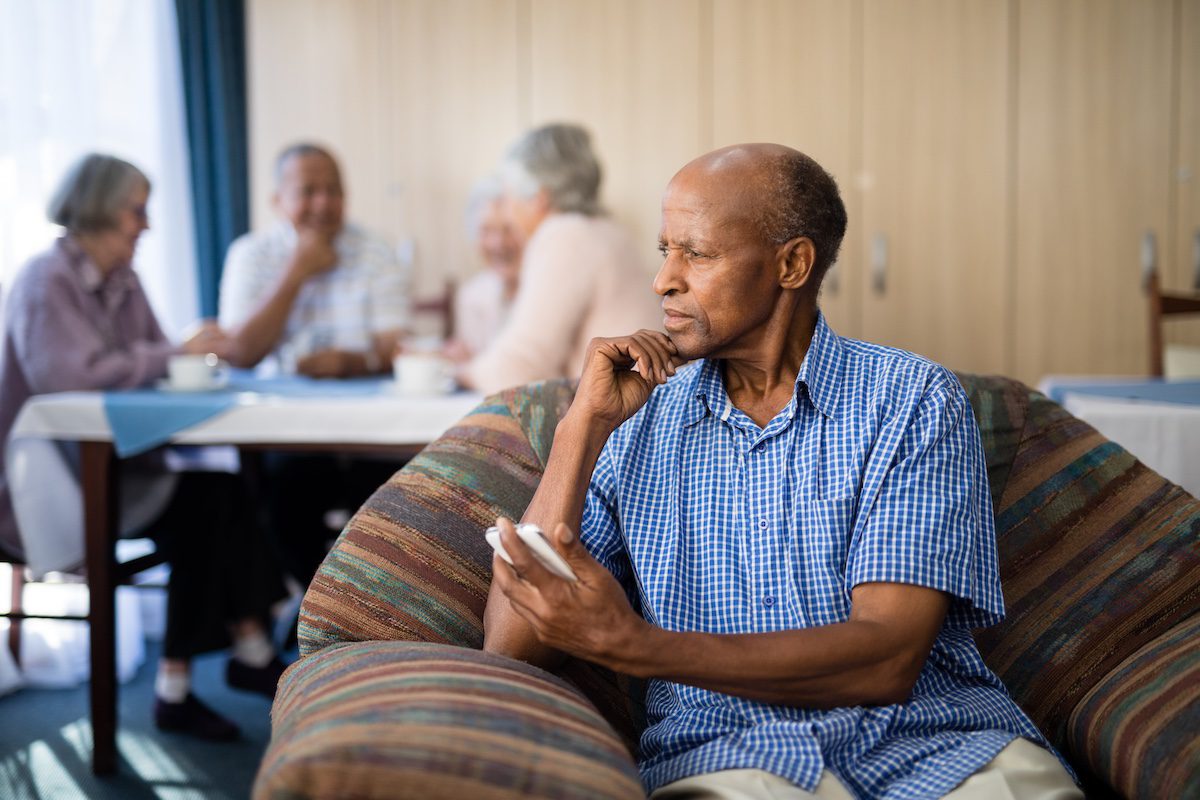As our loved ones age, their needs and requirements change. One of the most important aspects of caring for elderly family members is creating a safe and comfortable environment for them to thrive.
In this blog post, we will provide you with valuable tips and insights on how to make your home a secure and pleasant place for your elderly loved ones. By implementing these suggestions, you can enhance their quality of life, promote independence, and foster a loving and supportive atmosphere.
1. Conduct a Home Safety Assessment
Before making any changes, it’s crucial to conduct a thorough home safety assessment. Identify potential hazards such as loose rugs, slippery floors, or uneven steps that could cause accidents.
Take note of areas that may need modifications to accommodate mobility aids like walkers or wheelchairs.
2. Install Adequate Lighting
Good lighting is essential for seniors with declining eyesight. Ensure all areas of the house are well-lit, especially hallways, staircases, and entrances. Consider installing motion-sensor lights to assist during nighttime trips to the bathroom or kitchen.
3. Declutter and Organize
A clutter-free living space reduces the risk of falls and accidents. Organize belongings and remove unnecessary obstacles that may impede movement. Keep frequently used items within easy reach to minimize the need to reach or bend.
4. Create a Bedroom Haven
The bedroom should be a sanctuary for relaxation. Invest in a comfortable mattress and provide appropriate bedding for changing weather conditions. Install bed rails to offer support and prevent falls.
5. Bathroom Safety
The bathroom is a common area for accidents. Install grab bars near the toilet and bathtub, and use non-slip mats. Consider a walk-in bathtub or shower with a bench for added convenience.
6. Accessible Kitchen Design
Make the kitchen more user-friendly for elderly individuals. Lower countertops and cabinets for easy access, and install lever-style handles on faucets to make them easier to use.
7. Emergency Alert Systems
Consider installing an emergency alert system that connects seniors to a monitoring service. These systems can be life-saving in case of accidents or medical emergencies.
8. Regular Communication
Keep in touch regularly with your elderly loved ones, especially if they live alone. Frequent communication helps combat feelings of loneliness and ensures they are doing well.
9. Encourage Physical Activity
Promote physical activity suitable for their abilities, such as gentle exercises or short walks. Staying active helps maintain mobility and overall health.
10. Nutritious Meals
Ensure your loved ones are eating balanced and nutritious meals. If cooking becomes challenging, consider meal delivery services or assistance with grocery shopping.
11. Medication Management
Set up a system for medication management to ensure they take the right dosage at the correct times. Use pill organizers and consider hiring a caregiver if necessary.
12. Fall Prevention
Falls can be devastating for the elderly. Arrange furniture to allow easy navigation and consider using non-slip rugs throughout the house.
13. Social Engagement
Encourage social engagement to prevent isolation. Arrange family gatherings, outings, or enroll them in community programs or clubs.
14. Mind Mental Health
Monitor their mental well-being and provide emotional support. Engage in activities that stimulate their minds, such as puzzles or reading.
15. Seek Professional Assistance
If caregiving becomes overwhelming, seek assistance from professional caregivers or explore assisted living options. Prioritize the well-being of both yourself and your elderly loved ones.
Creating a Safe Environment for Your Loved One in Hospice Care
When your loved one is in hospice care, creating a safe and nurturing environment is paramount. Hospice care focuses on providing comfort and support to individuals with life-limiting illnesses, and ensuring their safety can significantly enhance their quality of life during this sensitive time.
By taking the necessary precautions and making thoughtful adjustments, you can help your loved one feel secure, dignified, and at peace.
Conduct a Home Safety Assessment
If your loved one is receiving hospice care at home, begin by conducting a comprehensive home safety assessment. Walk through each room and identify potential hazards. Look for loose rugs or cords that could cause tripping, and ensure all walkways are clear and well-lit.
Consider installing handrails in hallways and grab bars in the bathroom to provide additional support and stability.
Adapt the Bedroom for Comfort and Convenience
The bedroom is a central space for someone in hospice care, so prioritize its safety and comfort. Choose a comfortable, pressure-relieving mattress to prevent bedsores, and use soft, breathable bedding.
Adjust the bed’s height to facilitate easy transfers, and place a nightstand nearby to keep essential items within reach, such as water, tissues, and medications.
Create a Fall-Preventive Environment
Falls are a significant concern for individuals in hospice care, but certain measures can help minimize the risk. Remove any clutter and secure loose carpets or rugs throughout the house.
Make sure furniture is arranged to allow for easy and unobstructed movement. If needed, use a walker or wheelchair and provide proper training on its use to maintain safety and independence.
Organize Medications and Medical Equipment
Medication management is crucial in hospice care, so establish a system to organize and administer medications properly. Keep all medications in a labeled and secure container, and follow a strict schedule to avoid missed doses.
If your loved one requires medical equipment, such as oxygen tanks or mobility aids, ensure they are easily accessible and functioning correctly. Regularly inspect and maintain the equipment to ensure safety and reliability.
Creating a safe environment for your loved one in hospice care is a compassionate and essential responsibility. Ensuring their safety allows your loved one to focus on what matters most – cherishing moments with family and friends and finding comfort in a supportive and secure space.
Final Thoughts
Creating a safe and comfortable environment for elderly loved ones is a loving and responsible way to care for them.
By following the tips provided in this article, you can enhance their quality of life, ensure their safety, and maintain a positive and supportive atmosphere within your home.
For more information about creating a safe environment for your elderly loved ones, read our other blog posts or contact our team!







